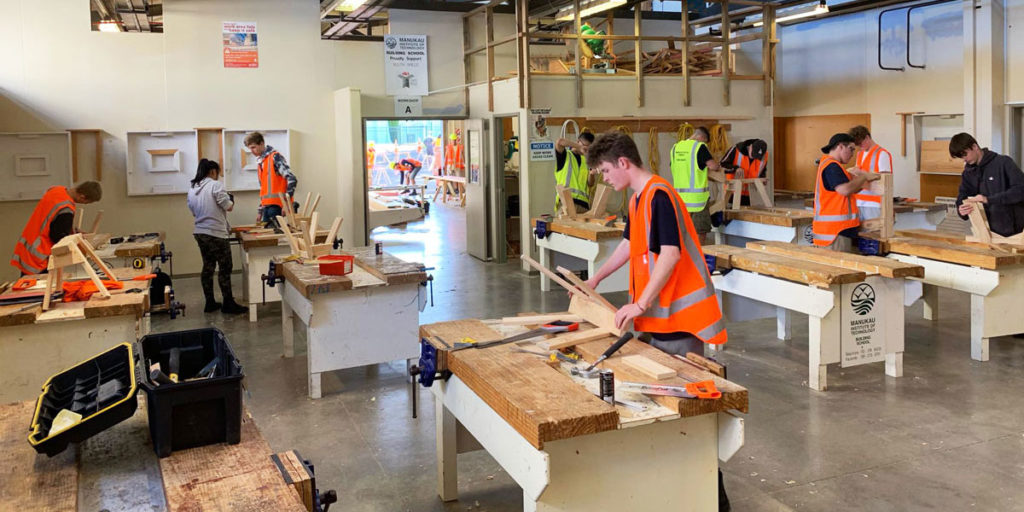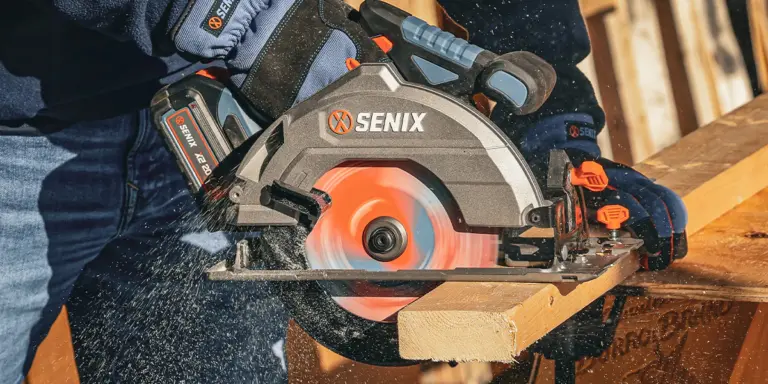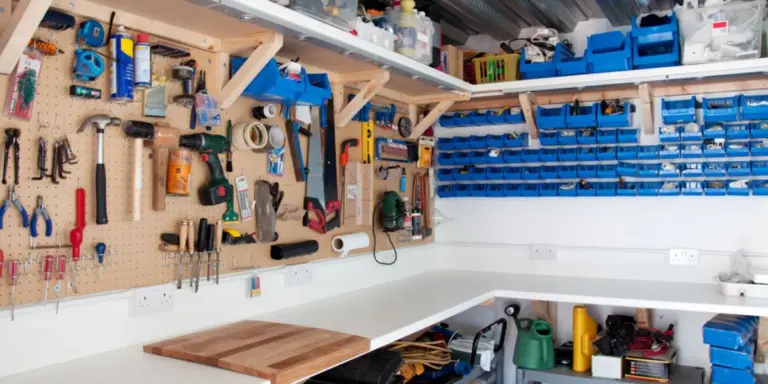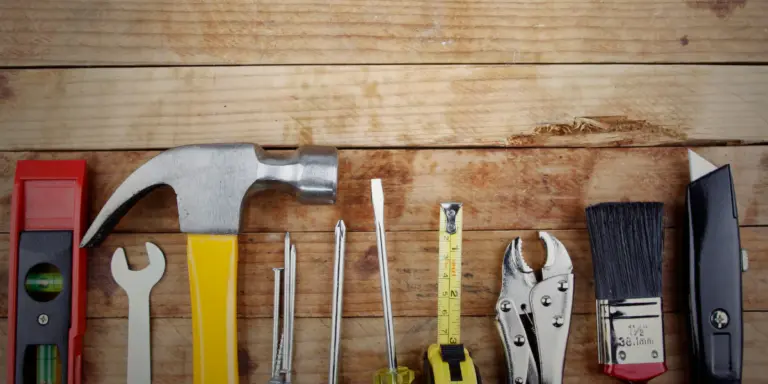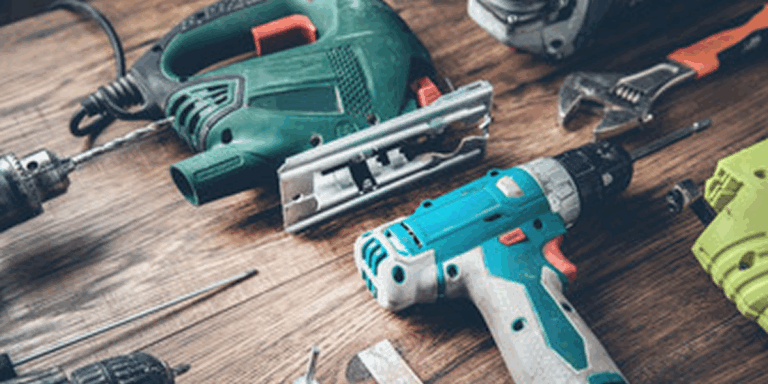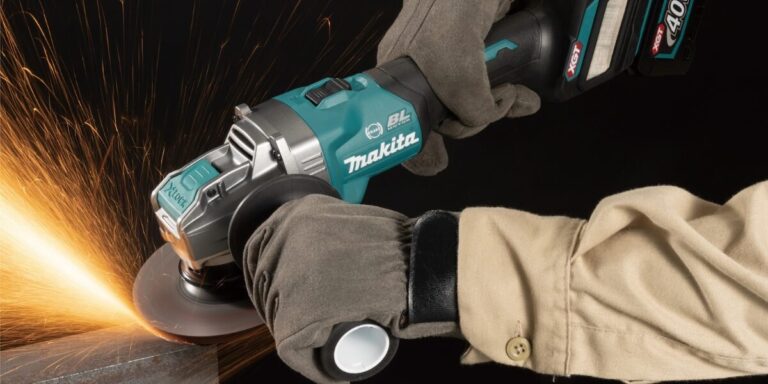Fire Safety Tips for Your Workshop
Workshop fires can start in an instant, and they spread faster than most people expect. The tools I rely on for building, repairing, or creating—grinders, saws, soldering irons, and extension cords—are often the same ones that pose serious fire risks. That’s why I’ve made fire prevention a top priority in my DIY space. Taking small, consistent steps helps keep me, my workspace, and my projects safe. In this article, I’ll walk you through the most important fire safety tips for your workshop based on what I’ve learned through experience and research.
Fire safety doesn’t have to be complicated or expensive. It’s about awareness, routine checks, and good habits. Whether I’m working in a small garage or a fully equipped shed, these tips help ensure my workshop is prepared for anything. Fires might be unpredictable, but preparation doesn’t have to be.
Common Fire Hazards in the Workshop
The first thing I did when planning my safety layout was take a good look at where risks come from. Electrical tools are an obvious one. I often run multiple power tools, chargers, and lights from the same outlets, which can lead to overheating or short circuits. Another concern is sawdust. Fine dust from wood, especially when it’s airborne or accumulated in corners, can ignite easily when exposed to sparks or heat.
Then there are the flammable materials—paints, solvents, adhesives, and finishes—that many DIYers use regularly. It’s not just about open flames. Heat, static, and even faulty switches can ignite vapors if I’m not careful. Being able to spot and eliminate these hazards is at the core of every one of the fire safety tips for your workshop that I’ll share.
Store Flammable Materials Safely
One of the smartest things I did for fire safety was to set up a dedicated storage cabinet for all my flammable materials. I keep paint thinners, mineral spirits, spray finishes, and gasoline in a fire-rated cabinet with solid ventilation. This keeps fumes contained and reduces the chances of accidental ignition.
I also make sure to label every container clearly and never store them near any source of heat or sparks. Rags soaked in linseed oil or turpentine get stored in a sealed metal container because I know how easily they can spontaneously combust. Safe storage isn’t just about organizing—it’s about removing risks before they escalate.
Install a Fire Extinguisher and Learn How to Use It
Every workshop needs at least one fire extinguisher. I chose an ABC-rated model, which handles ordinary combustibles, flammable liquids, and electrical fires. It’s mounted near the entrance so I can reach it quickly if needed. What’s just as important is knowing how to use it. I spent a few minutes learning the PASS method—Pull, Aim, Squeeze, Sweep—and practiced with an expired one before replacing it.
Regular checks on the extinguisher’s pressure gauge ensure it’s always ready. Fire extinguishers are one of the most basic and effective fire safety tips for your workshop, and yet many people either don’t have one or keep it hidden away.
Set Up a Fire-Resistant Layout
Where I place my tools and materials can either increase or reduce fire risks. I keep all heat-generating tools like soldering irons and heat guns away from anything flammable. I also added a layer of fire-resistant matting beneath the welding station to protect the floor from sparks and slag.
Cord management is another big deal. Tangled or overextended cords heat up easily, especially under load. I avoid daisy-chaining extension cords and always use heavy-duty ones rated for workshop use. Giving everything its own designated space and keeping walkways clear not only helps with efficiency but also contributes to a safer work environment.
Keep Dust Under Control
Sawdust isn’t just messy—it’s highly flammable. I’ve seen videos of wood dust explosions, and they’re no joke. That’s why I make it a habit to clean my workspace daily. My shop vacuum is equipped with a HEPA filter, and I always use dust collection systems when cutting or sanding.
I also avoid letting dust build up in or around outlets, motors, or light fixtures. Some of the smallest particles can find their way into power tool housings, and if those tools overheat, the dust can ignite. Regular maintenance and vacuuming are low-effort steps that significantly reduce risk.
Don’t Leave Tools Running Unattended
I can’t count how many times I’ve been tempted to leave a belt sander running while grabbing another piece of material or walked away from a project to take a quick call. It’s a bad habit, and I’ve been working hard to break it. Any tool that creates friction, heat, or sparks should be shut down completely when not in use.
Even chargers and battery packs can overheat if left plugged in too long. I use smart timers and surge protectors with built-in auto-shutoff features to prevent problems when I’m not in the room. Monitoring tools while they’re running is one of the simplest fire safety tips for your workshop that I now live by.
Use Proper Ventilation
Workshops, especially ones with limited windows, need proper airflow. Many of the materials I use release vapors, especially when sprayed or brushed on. Without ventilation, these vapors can build up and become explosive in the right conditions.
I installed a small exhaust fan near my finish station and always crack a window when working with chemicals. Even on cooler days, it’s worth having some fresh air circulation to keep things safe. I also avoid using flammable finishes on days when humidity is too high, as vapors tend to hang around longer.
Inspect Wiring and Outlets Regularly
Old, cracked, or overloaded wiring is a common cause of fires. That’s why I do regular checks on all the outlets, cords, and power strips in my shop. If I notice fraying, discoloration, or strange smells, I replace the item immediately. I also avoid cheap or off-brand extension cords. Spending a little more on quality wiring is far less costly than dealing with a fire.
For permanent fixtures, I had a licensed electrician install dedicated circuits for high-draw tools like my table saw and air compressor. This prevents overload and gives me peace of mind every time I flip the switch.
Keep Exit Routes Clear
One rule I follow religiously is to never block the path to the door. In the event of a fire, every second counts. If heavy equipment or toolboxes are in the way, they can become dangerous obstacles. I always keep the center aisle of my shop free of clutter, no matter how much I have going on.
This also means storing combustible materials away from the exit. If a fire starts near the door, I could end up trapped. Planning escape routes is often overlooked, but it’s one of the most crucial fire safety tips for your workshop.
Create a Fire Response Plan
Every workshop should have a basic emergency plan. I’ve gone over mine a few times—what I would do, where I’d go, what tools or materials I’d leave behind (hint: all of them). I also keep my phone within reach in case I need to call emergency services. A small fire might be manageable with an extinguisher, but knowing when to evacuate is just as important.
For larger workshops or shared spaces, having a written plan posted on the wall can be helpful. Marking fire extinguisher locations, exits, and electrical shutoffs adds another layer of preparation.
Avoid Open Flames Unless Necessary
I try to avoid using open flames in the workshop altogether. If I need to use a torch or flame-based tool, I take every precaution—working in a well-ventilated, flame-proof area with a fire extinguisher on hand. I also make sure the space is clear of flammable dust, materials, and liquids.
Soldering irons, propane torches, and similar tools are best used on fire-resistant mats or metal surfaces. Once I’m done, I let everything cool down in a safe area before storing it away.
Monitor Battery-Powered Tools and Chargers
Lithium-ion batteries are incredibly useful, but they come with their own set of risks. I always charge batteries on a fire-resistant surface, away from flammable items. I’ve also started using a lipo-safe bag for charging batteries, especially the higher-capacity ones.
Unattended battery charging is something I avoid. I make sure chargers are unplugged once a battery is full, and I never use damaged batteries. It’s a small but critical part of following fire safety tips for your workshop.
Educate Anyone Sharing the Space
Sometimes I have friends or family working in the shop with me. When that happens, I take a few minutes to go over safety basics, especially regarding fire risk. I explain where the extinguisher is, how to turn off the power, and what to avoid touching.
Even guests or helpers can unintentionally create a hazard if they don’t know your system. Taking the time to educate others reinforces my own commitment to safety and ensures everyone’s on the same page.
Final Thoughts
Your workshop is a place for creativity, building, and problem-solving. But it’s also a space where accidents can happen if you’re not careful. Fire prevention should be part of your routine, just like measuring twice or sanding with the grain. These fire safety tips for your workshop aren’t about fear—they’re about being prepared and staying confident in your workspace.
From organizing flammables and inspecting cords to maintaining clear exits and staying alert during tool use, every step you take adds to your protection. I’ve seen how quickly a small mistake can turn into a dangerous situation, which is why I now make fire safety a constant consideration in everything I do.
By integrating these fire safety tips for your workshop into your daily practice, you’re not just protecting your tools and space—you’re also looking out for yourself, your loved ones, and the passion that keeps your DIY projects alive.

